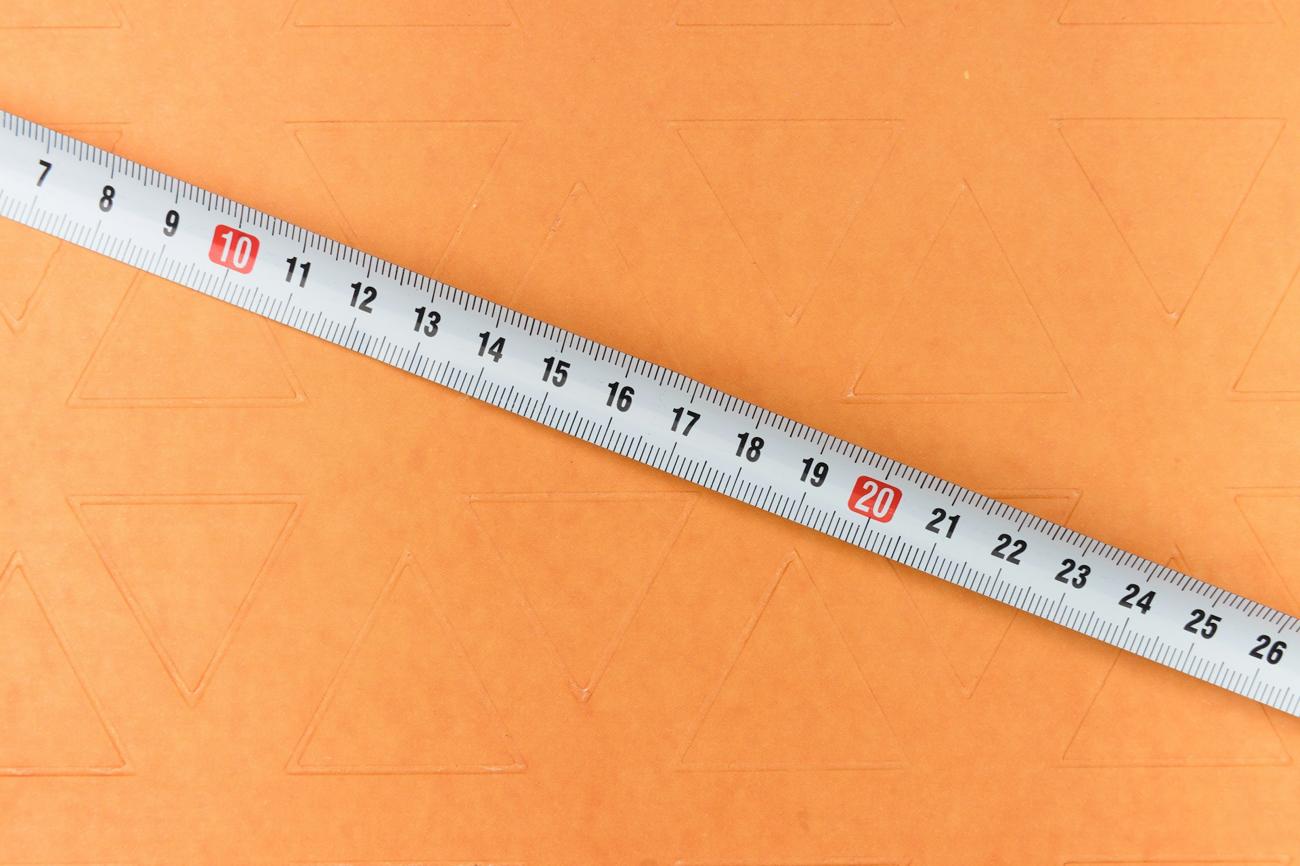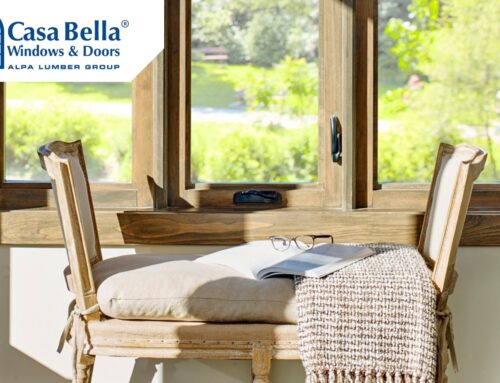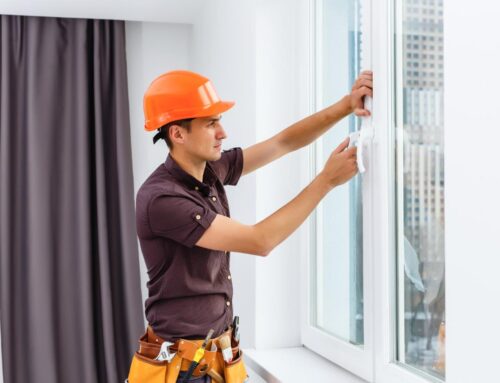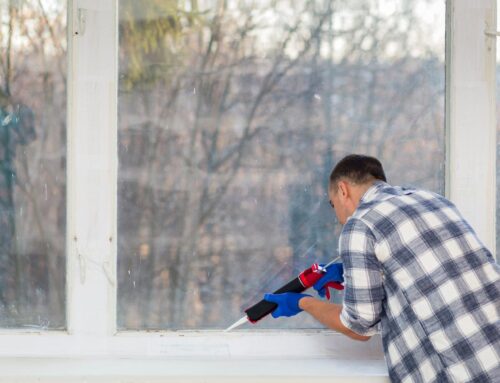Ever heard of the adage, “measure twice, cut once?” This old nugget of wisdom is directly relevant to the world of windows: properly measuring them before installation is crucial to ensure a perfect fit.
However, despite our best intentions, various factors can lead to some predictable measurement mistakes, potentially resulting in ill-fitting windows (and costly rework). This short article highlights the most common window measurement mistakes, the best practices for accurate measurements, and techniques to avoid these errors altogether.
Common Window Measurement Mistakes
1. Inaccurate Width and Height Measurements
One common mistake is not measuring the width and height of the window in multiple places. Windows can vary in their dimensions depending on where you measure them, so it’s essential to measure the width at the top, middle, and bottom, and the height at the left, middle, and right to accommodate any unevenness.
If you forget to take this step, you could have uneven or out-of-square openings, making it difficult to install standard-sized windows properly. Replacement windows from window suppliers that are based on these flawed measurements may not fit properly, leading to gaps, uneven seals, or the need for costly adjustments during installation.
Similarly, failure to measure in multiple places can result in inaccuracies that lead to choosing the wrong window style. For instance, only reflect the widest and tallest points and fail to account for variations, the selected windows may not align with the actual dimensions of the window openings, causing fitting issues.
2. Not Taking Exact Measurements
When measuring for casement windows, awning windows, bow windows, or any other style, millimeters or inches to the nearest fraction for the most precise fitting possible. This exacting method ensures that the windows are manufactured or ordered with truly accurate dimensions, meaning you have seamless and well-fitted windows, happy customers, and no unnecessary rework or adjustments.
3. Ignoring the Window Frame
Another mistake is not considering the window frame. This may seem like an obvious step, but stranger things have happened in the world of home renovations! Factoring in the frame is crucial for accurate measurements since it will impact the size of the window opening.
When measuring both diagonals of the window frame, the objective is to determine whether the frame is perfectly square, meaning that all four angles are precisely 90 degrees. By measuring both diagonals, builders can compare the two measurements. If the two diagonals are equal, it indicates that the frame is square; if the measurements differ, there’s a problem.
A non-square frame can result in installation difficulties, such as gaps between the window and the frame, challenges with sealing, and potential structural issues.
4. Forgetting Obstructions and Treatments
It’s crucial to account for potential obstructions such as handles, locks, and window treatments like blinds and curtains. Failure to do so can have significant implications for the accuracy of measurements and the overall fit of the windows.
Handles and locks, for instance, can protrude into the space where the window will be installed, affecting the available space for the window itself. Similarly, window treatments such as blinds and curtains often occupy part of the window recess, and overlooking their presence when measuring can lead to inaccuracies. Additionally, the depth and positioning of certain window treatments can influence how the window frame fits within the recess.
Pros will carefully assess and note down the dimensions and positions of any obstructions present around the window, measuring the depth and width of handles and locks, as well as accounting for the space occupied by window treatments.
5. Not Using the Right Tools
Experts prefer to use steel measuring tapes for window measurements due to their durability, precision, and flexibility. Steel tapes are less prone to stretching or distorting, ensuring consistent measurements over time. The rigidity of steel tapes allows for accurate measurements over longer distances, and their clear markings also contribute to precise readings, minimizing the chance of misreading.
Experts may also use other measuring tools to ensure accurate window measurements. For instance, laser measuring devices offer a modern alternative, providing efficient and highly accurate readings, especially in large or complex spaces. Digital calipers and angle finders may be used to precisely measure angles and smaller dimensions, complementing the capabilities of steel measuring tapes.
6. Not Consulting the Experts
The best way to avoid these mistakes is to buy windows from a manufacturer directly or to ask your window supplier for assistance! Professionals possess a wealth of experience in window measurements and installations. They have invaluable insight into best practices, innovative approaches, and specific considerations for accurate window measurements. By turning to us at Casa Bella Windows, we can help ensure flawlessly fitted windows tailored to unique requirements.
Wrapping Up: The Tale of the Tape
In conclusion, accurate window measurements are essential for ensuring the right fit of replacement or new windows. By understanding these common mistakes, adopting best practices, utilizing recommended tools and techniques, and avoiding potential pitfalls, homebuilders, contractors, and design professionals can achieve precise measurements, ultimately leading to a seamless and well-fitted window installation.




